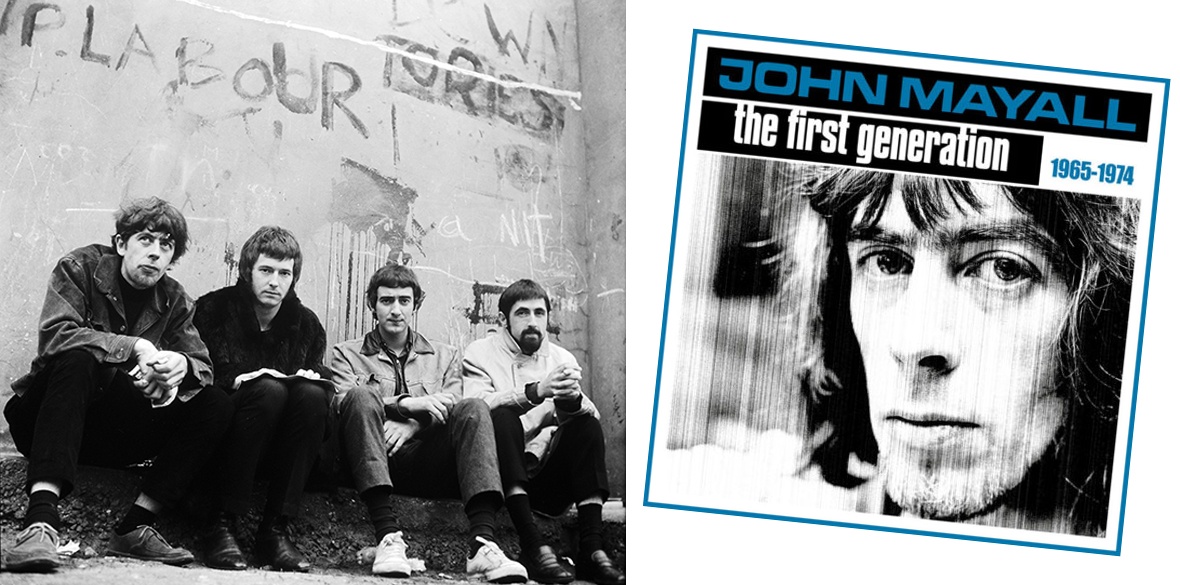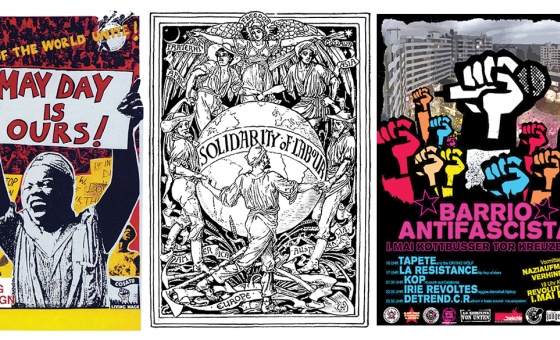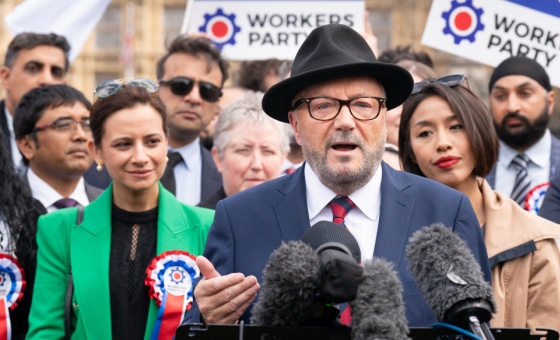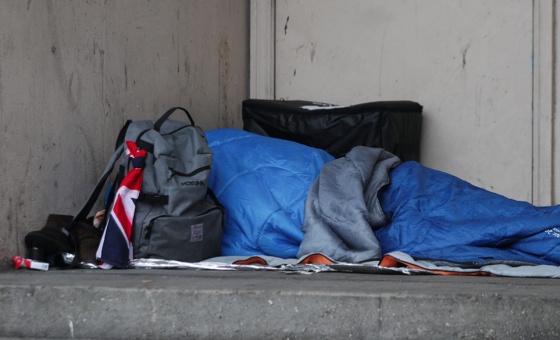This is the last article you can read this month
You can read more article this month
You can read more articles this month
Sorry your limit is up for this month
Reset on:
Please help support the Morning Star by subscribing here
THE Godfather of the British blues John Mayall turned 87 recently and a new 35-CD box set is out featuring every album he recorded between 1964 and 1974, plus some fantastic extras.
Born in Macclesfield in 1933, he discovered the blues from his father’s 78rpm record collection of Leadbelly and boogie pianists such as Albert Ammons.
After national service in Korea, where he played in small jazz combo, he returned to Manchester and began playing rhythm and blues with The Blues Syndicate.
At the behest of Alexis Korner, he moved to London, where he joined the burgeoning blues scene and formed the Bluesbreakers band in late 1963, when they became the main attraction at Soho’s Marquee Club.
He cut his first 45, Crawling Up A Hill/Mr James, for Decca Records in May 1964 and his debut album John Mayall Plays John Mayall was recorded live with The Bluesbreakers at Klooks Kleek in West Hampstead.
It was released in 1965, just as the first British blues boom was gathering momentum.
Mayall became not just a fixture on the British blues scene. As Neil Slaven, who wrote the book which comes with the set, says: “Mayall’s Bluesbreakers became the go-to band” and the first big attraction to join was Eric Clapton of the Yardbirds.
Playing electric blues as well as Mayall’s own compositions, the band with Clapton recorded the 1966 Bluesbreakers LP, aka The Beano’ album, which rocketed up the British charts and featured covers of songs by Otis Rush, Freddie King, Memphis Slim, Little Walter, Ray Charles and Robert Johnson.
The legend “Clapton Is God” soon began being daubed on London walls.
When Clapton left the Bluesbreakers, he was replaced by the equally talented guitarist Peter Green on the Hard Road album of 1967.
It wasn’t just great guitar players, including future Rolling Stone Mick Taylor, Mayall attracted.
Other musicians who became the backbone of late 1960s British rock were Bluesbreakers — drummers included John Hiseman, Mick Fleetwood, Keef Hartley and Aynsley Dunbar, while among the sax men were Dick Heckstall Smith and Chris Mercer.
Bass players such as John McVie and, for a short spell Jack Bruce, were band members.
Between 1967 and 1974 the Bluesbreakers personnel changed almost with each album.
In 1969 he dumped electric blues altogether and cut an all-acoustic set with bass, acoustic guitars, harmonica and sax.
Recorded live at Bill Graham’s Fillmore East in New York, The Turning Point album was an unexpected smash.
Moving to California in the early 1970s, Mayall’s bands attracted the classy blues guitarist Freddie Robinson, violinist Don “Sugarcane” Harris, R&B and jazz saxmen Red Holloway, Ernie Watts and Clifford Solomon and jazz trumpeter Blue Mitchell who appeared on his Jazz Blues Fusion album in 1974.
Slaven writes that with so many stellar musicians in his line-ups, Mayall sometimes didn’t like being out of the spotlight.
So he changed musicians as well as changing musical styles from electric blues to acoustic and jazz blues.
Besides the studio and officially released albums there are unissued recordings, two CD singles, an EP with Paul Butterfield, two-CDs worth of BBC radio broadcasts and seven CDs of live shows from Britain, the US, Sweden and Germany, plus a magnificently illustrated hardback book, repro posters, signed photo and fan club correspondence.
Available on the Madfish label.
TONY BURKE











